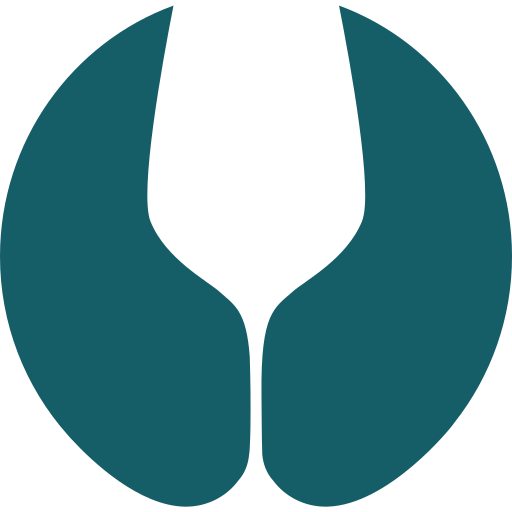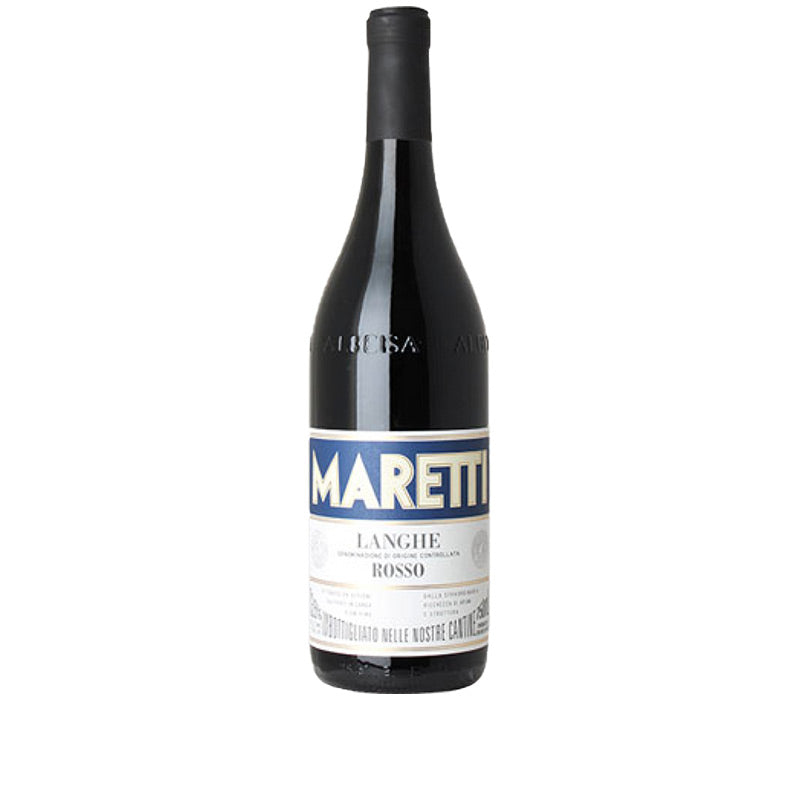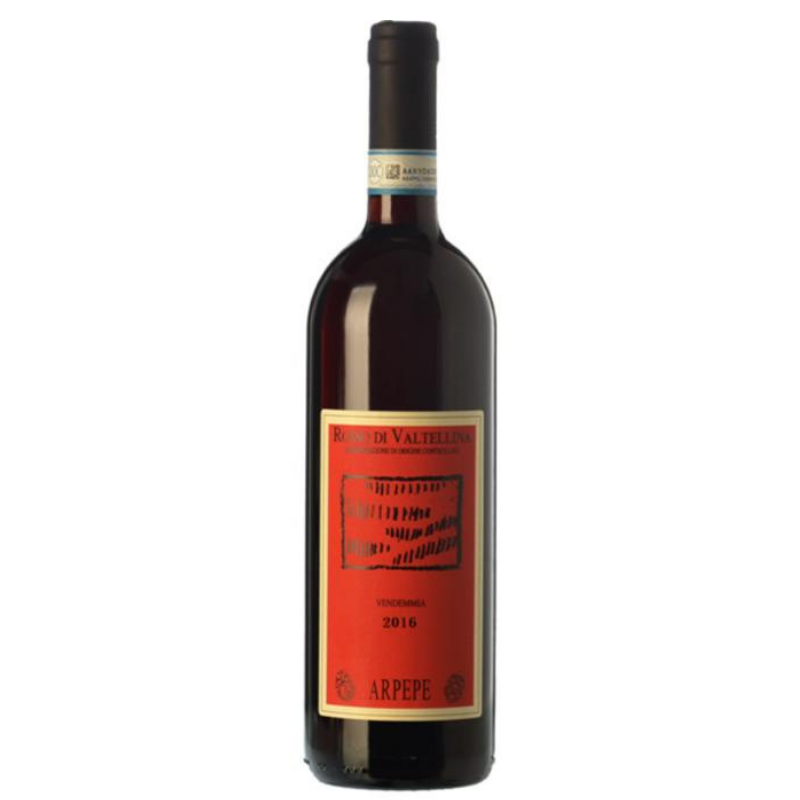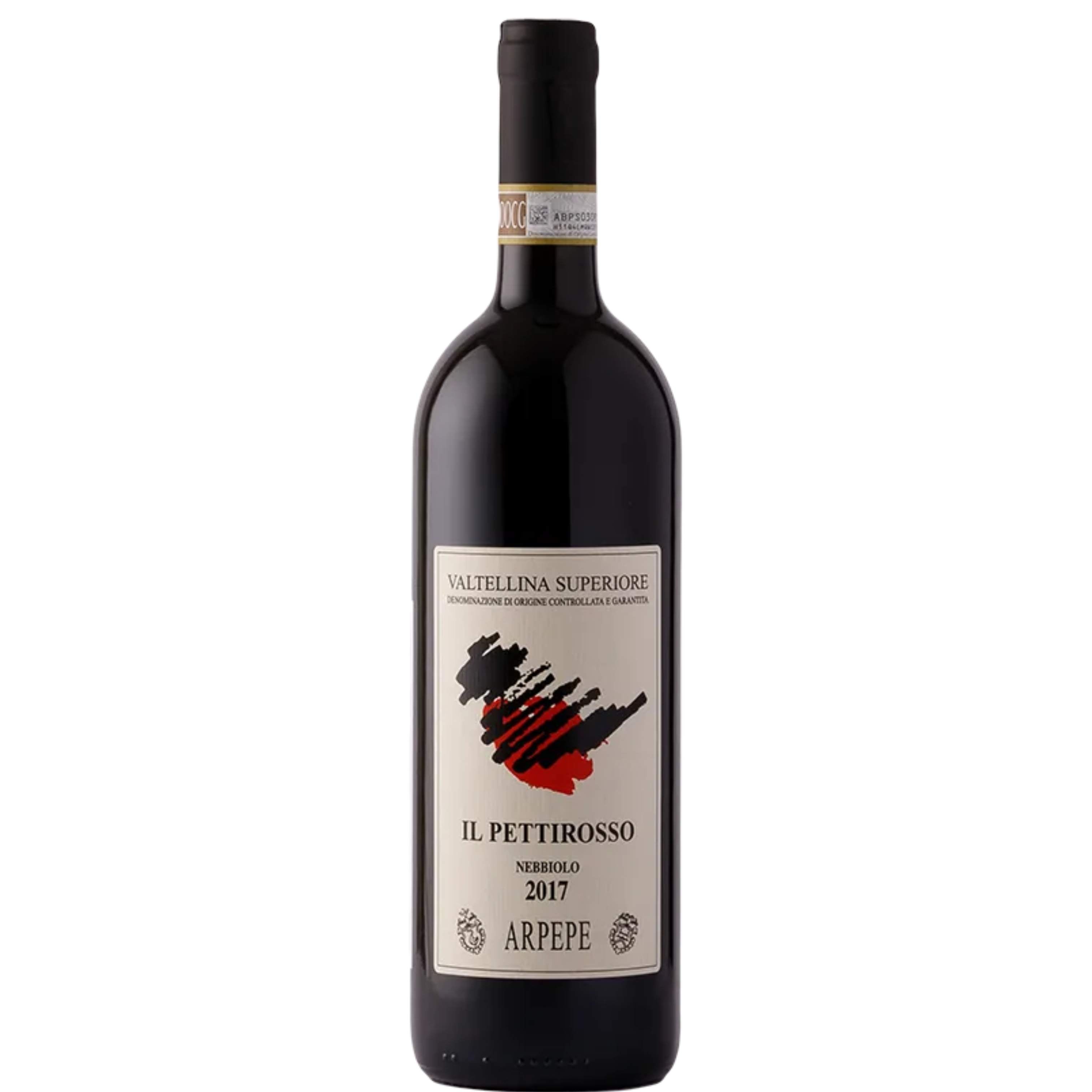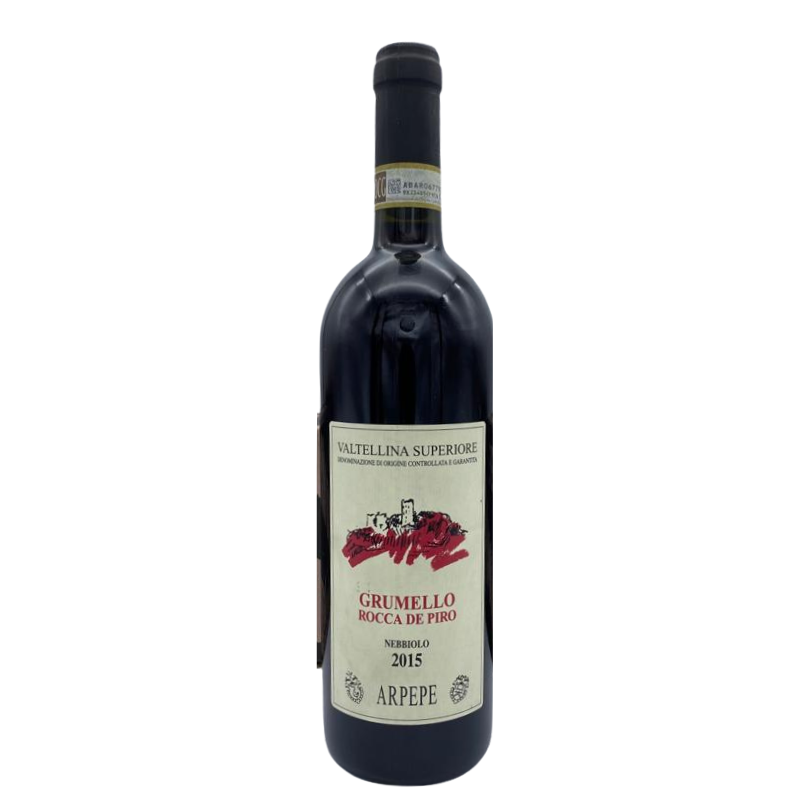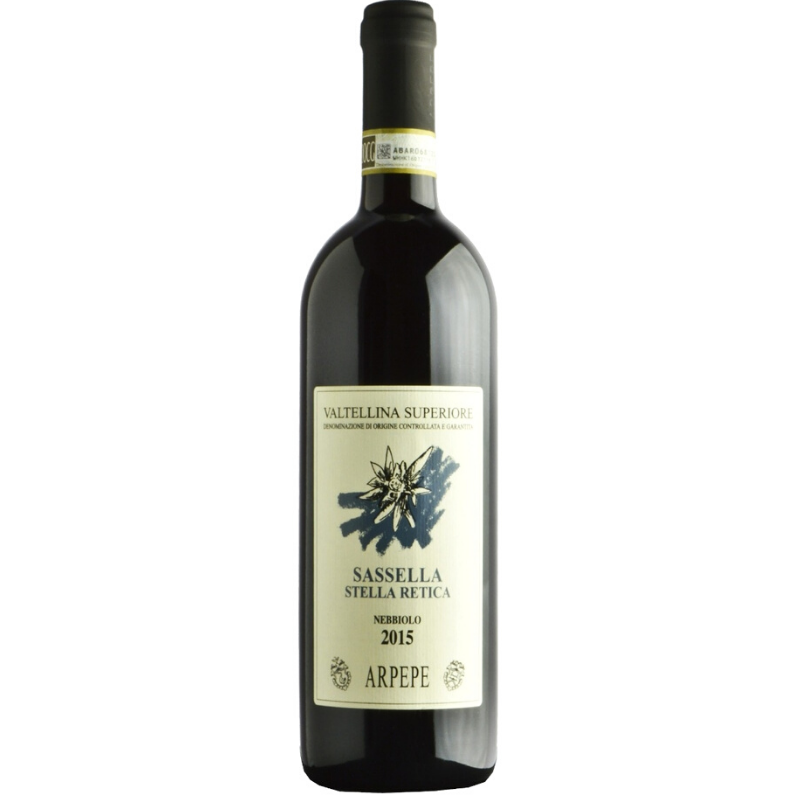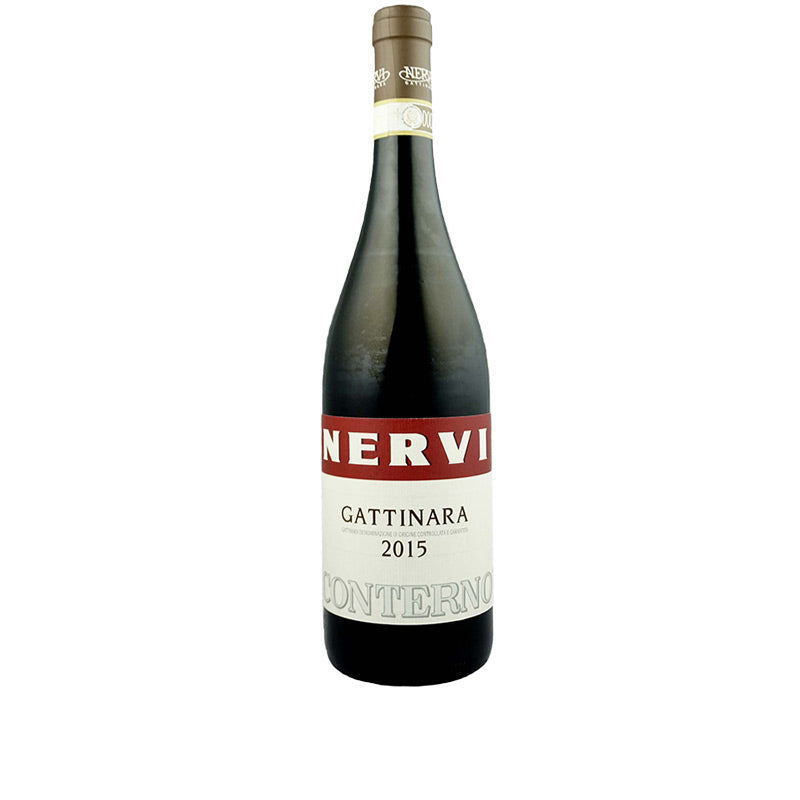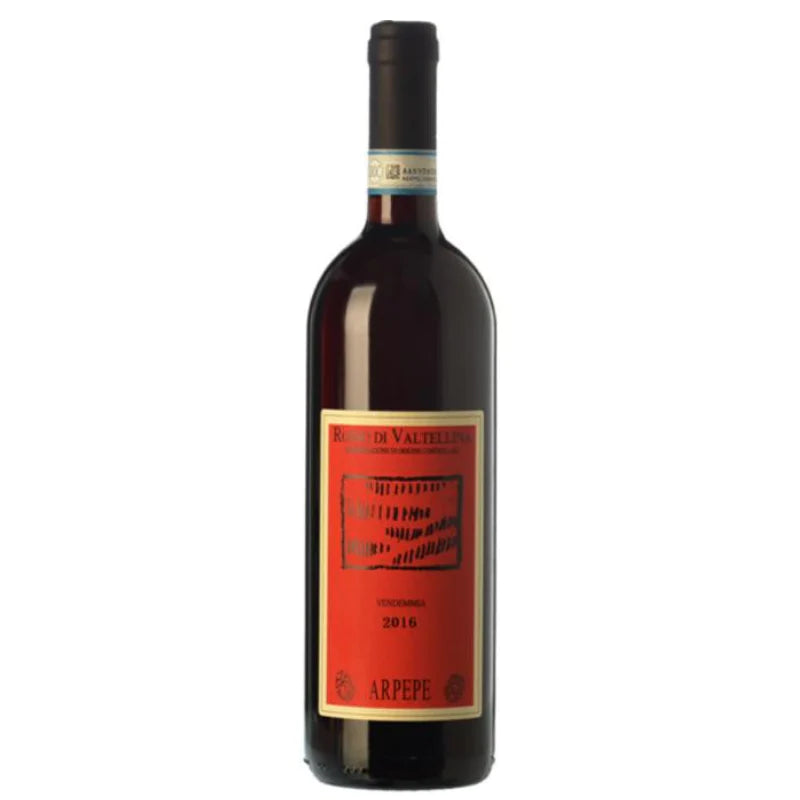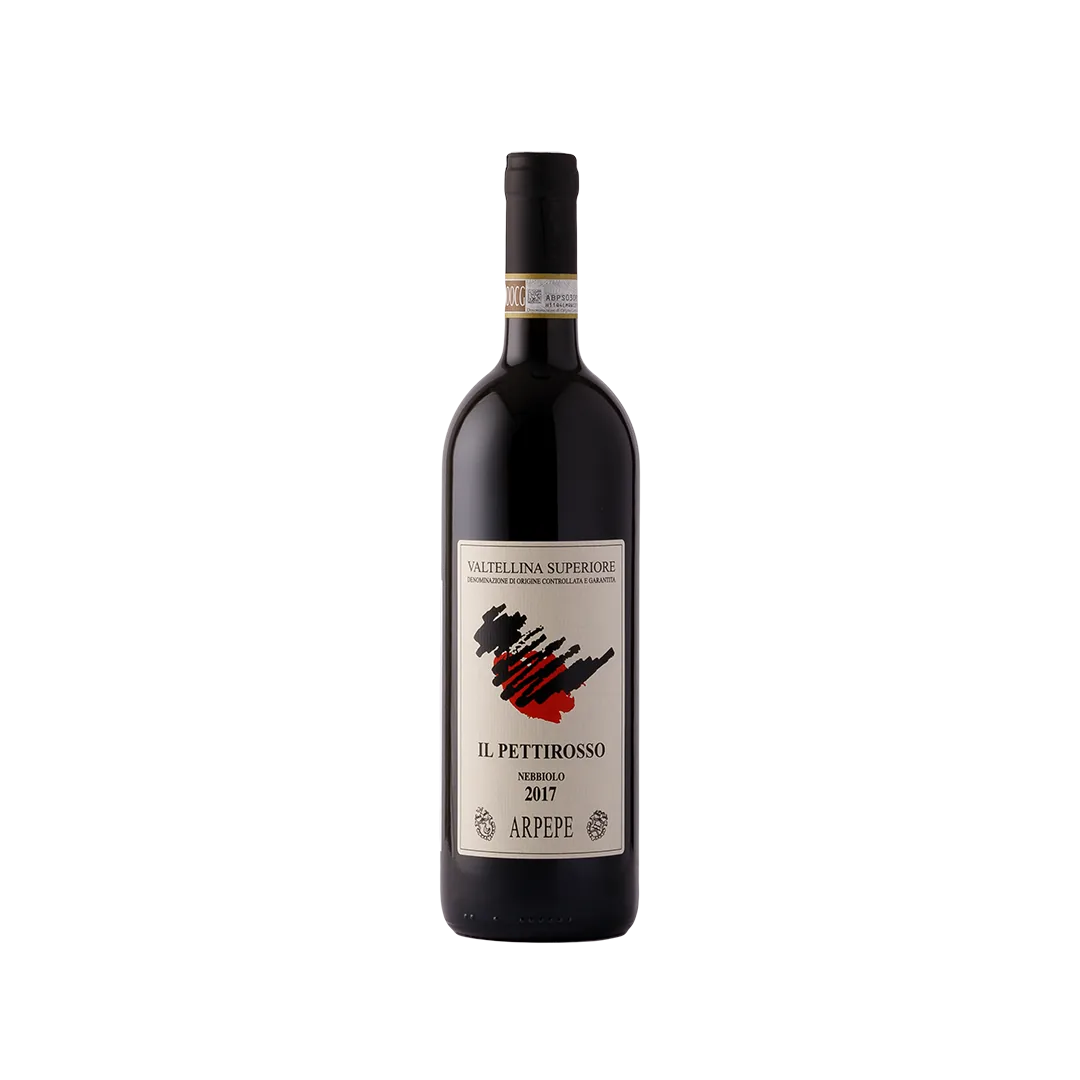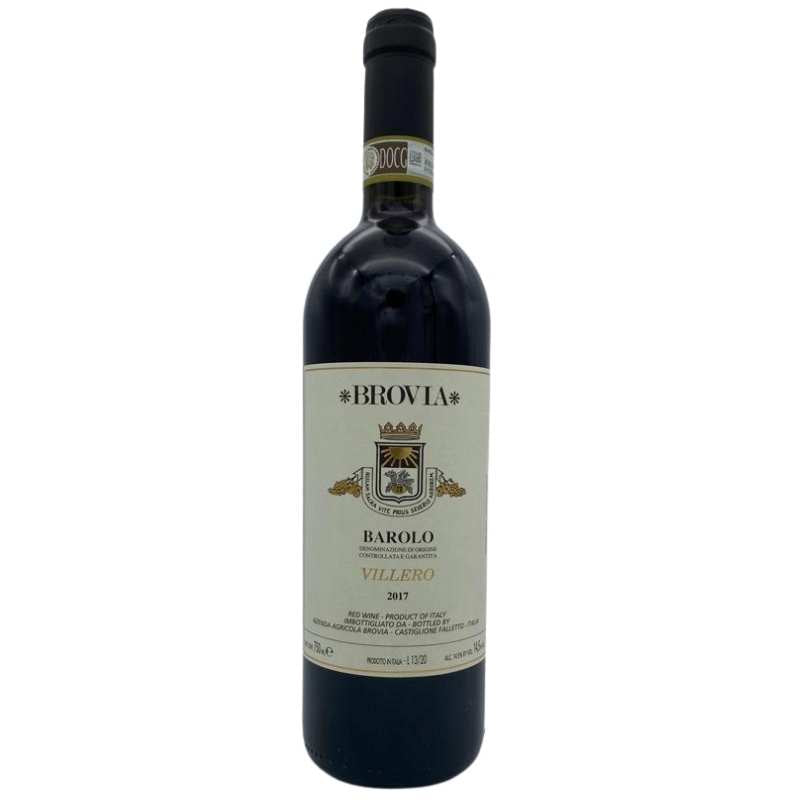Your shopping bag is empty
Go to the shopAll Wines
Easter Picks
Top Picks
New In
Wine Boxes
Sale
Type
Style
Country
Grape/Blend
- Back to Wines
- Albarino
- Albillo
- Barbera
- Brancello
- Cabernet Sauvignon
- Caiño Tinto
- Carignan
- Chardonnay
- Cinsault
- Corvina
- Espadeiro
- Gamay
- Garganega
- Garnacha
- Garnatxa Negra
- Godello
- Greco di Tufo
- Grenache
- Macabeu
- Malbec
- Marsanne
- Mataro
- Mencia
- Merenzao
- Merlot
- Mourvèdre
- Muscadet
- Nebbiolo
- Pansa Blanca
- Parellada
- Pinot Nero
- Pinot Noir
- Piquepoul White
- Riesling
- Rolle
- Rondinella
- Sangiovese
- Sauvignon Blanc
- Shiraz
- Souson
- Syrah
- Tempranillo
- Trebbiano
- Treixadura
- Verdicchio
- Viognier
- Xarel-lo
2021 ELY winebar. All rights reserved.
Nebbiolo
Category
Country
- Argentina
- Australia
- Austria
- Chile
- France
- Alsace
- Bordeaux
- Margaux (Bordeaux)
- Medoc (Bordeaux)
- Burgundy
- Beaujolais
- Chablis
- Champagne
- Chateauneuf-du-Pape
- Côte-Rôtie
- Côte Chalonnaise
- Côte de Beaune
- Côtes du Rhône
- Jura
- Languedoc
- Loire Valley
- Pauillac
- Rhône
- Riviera del Garda
- Sancerre
- Vacqueyras
- Vin de Pays de L'Herault
- Germany
- Italy
- Alto Adige
- Asti
- Campania
- Colli Euganei, Veneto
- Nizza Monferrato
- Piedmonte
- Puglia
- Tuscany
- Valtellina Superiore
- Veneto
- New Zealand
- Portugal
- South Africa
- Spain
- Albillo
- Alella
- Alicante
- Cadiz
- Jerez
- Moclinejo
- Penedes
- Rias Baixas
- Ribeira Sacra
- Ribera del Duero
- Ribera del Mino
- Rioja
- Val do Salnes
- Vinos de Madrid
- Switzerland
Grape
- Albarino
- Albillo
- Barbera
- Brancello
- Cabernet Sauvignon
- Caiño Tinto
- Carignan
- Chardonnay
- Cinsault
- Corvina
- Espadeiro
- Falanghina
- Gamay
- Garganega
- Garnacha
- Garnatxa Negra
- Godello
- Greco di Tufo
- Grenache
- Jaen
- Macabeu
- Malbec
- Malvasia
- Marsanne
- Mataro
- Mencia
- Merenzao
- Merlot
- Monastrell
- Moscatel
- Moscato
- Mourvèdre
- Muscadet
- Nebbiolo
- Palomino
- Pansa Blanca
- Parellada
- Pinot Nero
- Pinot Noir
- Piquepoul White
- Riesling
- Rolle
- Rondinella
- Sangiovese
- Sauvignon Blanc
- Shiraz
- Souson
- Syrah
- Tempranillo
- Trebbiano
- Treixadura
- Ugni Blanc
- Verdicchio
- Viognier
- Xarel-lo
Style
Category
Country
- Argentina
- Australia
- Austria
- Chile
- France
- Alsace
- Bordeaux
- Margaux (Bordeaux)
- Medoc (Bordeaux)
- Burgundy
- Beaujolais
- Chablis
- Champagne
- Chateauneuf-du-Pape
- Côte-Rôtie
- Côte Chalonnaise
- Côte de Beaune
- Côtes du Rhône
- Jura
- Languedoc
- Loire Valley
- Pauillac
- Rhône
- Riviera del Garda
- Sancerre
- Vacqueyras
- Vin de Pays de L'Herault
- Germany
- Italy
- Alto Adige
- Asti
- Campania
- Colli Euganei, Veneto
- Nizza Monferrato
- Piedmonte
- Puglia
- Tuscany
- Valtellina Superiore
- Veneto
- New Zealand
- Portugal
- South Africa
- Spain
- Albillo
- Alella
- Alicante
- Cadiz
- Jerez
- Moclinejo
- Penedes
- Rias Baixas
- Ribeira Sacra
- Ribera del Duero
- Ribera del Mino
- Rioja
- Val do Salnes
- Vinos de Madrid
- Switzerland
Grape
- Albarino
- Albillo
- Barbera
- Brancello
- Cabernet Sauvignon
- Caiño Tinto
- Carignan
- Chardonnay
- Cinsault
- Corvina
- Espadeiro
- Falanghina
- Gamay
- Garganega
- Garnacha
- Garnatxa Negra
- Godello
- Greco di Tufo
- Grenache
- Jaen
- Macabeu
- Malbec
- Malvasia
- Marsanne
- Mataro
- Mencia
- Merenzao
- Merlot
- Monastrell
- Moscatel
- Moscato
- Mourvèdre
- Muscadet
- Nebbiolo
- Palomino
- Pansa Blanca
- Parellada
- Pinot Nero
- Pinot Noir
- Piquepoul White
- Riesling
- Rolle
- Rondinella
- Sangiovese
- Sauvignon Blanc
- Shiraz
- Souson
- Syrah
- Tempranillo
- Trebbiano
- Treixadura
- Ugni Blanc
- Verdicchio
- Viognier
- Xarel-lo
Style
Category
Country
- Argentina
- Australia
- Austria
- Chile
- France
- Alsace
- Bordeaux
- Margaux (Bordeaux)
- Medoc (Bordeaux)
- Burgundy
- Beaujolais
- Chablis
- Champagne
- Chateauneuf-du-Pape
- Côte-Rôtie
- Côte Chalonnaise
- Côte de Beaune
- Côtes du Rhône
- Jura
- Languedoc
- Loire Valley
- Pauillac
- Rhône
- Riviera del Garda
- Sancerre
- Vacqueyras
- Vin de Pays de L'Herault
- Germany
- Italy
- Alto Adige
- Asti
- Campania
- Colli Euganei, Veneto
- Nizza Monferrato
- Piedmonte
- Puglia
- Tuscany
- Valtellina Superiore
- Veneto
- New Zealand
- Portugal
- South Africa
- Spain
- Albillo
- Alella
- Alicante
- Cadiz
- Jerez
- Moclinejo
- Penedes
- Rias Baixas
- Ribeira Sacra
- Ribera del Duero
- Ribera del Mino
- Rioja
- Val do Salnes
- Vinos de Madrid
- Switzerland
Grape
- Albarino
- Albillo
- Barbera
- Brancello
- Cabernet Sauvignon
- Caiño Tinto
- Carignan
- Chardonnay
- Cinsault
- Corvina
- Espadeiro
- Falanghina
- Gamay
- Garganega
- Garnacha
- Garnatxa Negra
- Godello
- Greco di Tufo
- Grenache
- Jaen
- Macabeu
- Malbec
- Malvasia
- Marsanne
- Mataro
- Mencia
- Merenzao
- Merlot
- Monastrell
- Moscatel
- Moscato
- Mourvèdre
- Muscadet
- Nebbiolo
- Palomino
- Pansa Blanca
- Parellada
- Pinot Nero
- Pinot Noir
- Piquepoul White
- Riesling
- Rolle
- Rondinella
- Sangiovese
- Sauvignon Blanc
- Shiraz
- Souson
- Syrah
- Tempranillo
- Trebbiano
- Treixadura
- Ugni Blanc
- Verdicchio
- Viognier
- Xarel-lo
Style
Nebbiolo
Nebbiolo
The greatest grape variety in the world!!
A bold statement? Not at all. What makes it so great you ask…. Let us tell you.
It’s a variety full of contradictions, one which can be easily misunderstood, and at times difficult to fully appreciate. Itdoesn’t have the easy charm of a Pinot, or the spicy satisfaction of a Syrah. It can be pale of colour and light of fruit, but tartly acidic and aggressively dry. But it is those very contradictions that make good Nebbiolo the most sublime, ethereal and majestic of all grapes. Imagine a wine which is delicate and powerful at the same time, fragrant and perfumed but also savoury and structured, silky textured but imposingly tannic. Think Pinot in all of its profound complexity, then give it bracing acidity and whole lot of grip - think Pinot for grown-ups.
Nebbiolo is a variety that rewards patience, both in the bottle and from the wine drinker. It is not a wine to give up its pleasures immediately, nor is it wine for casual consumption. Nebbiolo needs both food and time to display its greatness, but when it does, you are rewarded with some of the most wonderful aromas and flavours to be found in wine – rose petal, wild strawberry, undergrowth, liquorice, tobacco, leather, dried herb, mint and star anise, and that’s just one wine (Brovia’ s Brea Vigna Ca’ Mia 2010 in case you’re wondering)
Like Pinot Noir – a variety with which it shares many attributes- Nebbiolo has a real sense of place, it expresses its origins precisely, as the vineyard imparts its unique characterthrough the flavour, structure and texture of the wine. The most famous examples are the stunningly age-worthy and complex wines of Barolo & Barbaresco, but don’t overlook wines from Gattinara (Nervi) or even Langhe Nebbiolo. Definitely seek out the remarkable Nebbiolos of Valtellina. Here on the slopes of the Italian Alps, Chiavennasca as Nebbiolo is locally known, produces wines of extraordinary freshness, purity and minerality, which are approachable in youth but capable of aging for decades.
Some wines to try……….
Brovia Nebbiolo, Piedmont 2018
Arpepe Rosso di Valtellina, Lombardy 2019
Nervi Gattinara, Piedmont 2015
Arpepe Sassella Stella Retica, Valtellina Superiore 2017
Brovia Brea Vigna Ca Mia Barolo 2010 (or any of their single site wines)
Producer profile - Nervi Gattinara, Piedmont, Italy
Gattinara, situated in northwest Piedmont with the mighty Alps looming in the background, was once considered the equal of - if not superior to – the far more famous wines from Barolo and Barbaresco. While those two basked in their respective glories, Gattinara faded into the Alpine fog, all but ignored on the global wine scene. However, as international demand for Nebbiolo grew, it was only a matter of time before Piedmont’s best kept secret was rediscovered.
There are small but important differences between the regions. Whereas Barolo and Barbaresco are 100% Nebbiolo, the wines of Gattinara were typically a minimum of 90% Nebbiolo (locally known as Spanna), with the balance composed of Bonardo and Vespolina, although today the latter are rarely used. The wines of Gattinara must be aged in oak for a minimum of 24 months, longer even than Barolo (18 months) and for a total of 35 months before release. There are differences in style too. Gattinara doesn’t always have the imperious tannic structure found particularly in Barolo, but it still has unquestionable ageing potential. It tends more towards the floral, aromatic and earthy traits of Nebbiolo, thus generally producing a wine of greater accessibility in its youth.
Nervi was originally established in 1906, but its more recent history is guided by Roberto Conterno of the legendary Giacomo Conterno Estate in Barolo, first as consultant, and eventually in 2018, as owner, and under his direction we fully expect Nervi to evolve into one of Piedmont’s greatest estates, reclaiming its rightful position as one of the greatest Nebbiolo regions. We are delighted to stock two of his wines, the Gattinara 2015 and his single vineyard Vigna Molsino 2014.
Producer Profile - Brovia
The Brovia estate was founded in 1863 in the village of Castiglione Falletto, in the heart of the Barolo district. The Brovia family still own and operate the vineyard today with the fourth generation at the healm. In the early 1900s production was disrupted due to WWI, WWII and a phylloxera plague. In 1953, Giacinto and Raffaele restarted wine production. Giacinto is still in charge of wine production today with the help of his two daughters Cristina and Elena!
The Brovias, over the last 150 years or so, have accrued some of the finest vineyard sites in, concentrating their efforts in their home village of Castiglione Falletto and the neighboring Serralunga d’Alba. Brovia owns land in a variety of the best “cru” of Piedmont such as Rocche, Villero and Garblét Sue. The Brovia estate encompasses 19.2 hectares with 55% of the production dedicated to Barolo, 25% in Dolcetto, 10% to Barbera and the remaining 10% produced from Arneis, Nebbiolo d’Alba and Freisa
With all these varying plots come a range of soil types, from heavier clay to friable limestone. The Brovias are extremely responsible and conscientious winegrowers and farm organically in every sense of that word (without being formally certified).
Harvest is done entirely by hand and usually begins in late September with the Dolcetto, Arneis and Barbera; of course, the Nebbiolo ripens later, and harvest for the various Baroli occurs normally in mid-October.
The Brovia wines are vinified in the classic style where grapes are lightly crushed before going into fermentation tanks. The length of the fermentation period depends on the grape variety but the Nebbiolo for various Barolo cuvées can extend as long as one month or more at temperatures between 28 - 30 degrees Celsius.
The Baroli are aged for at least two years in Slavonian and French oak barrels. The wines are then bottled without filtration, bottle aged for a further 18 to 24 months and then released for sales.
The cuvées of Dolcetto and Barbera are handled differently, with the Dolcetto being aged in stainless steel tanks and the Barbera in stainless with a portion of the Serralunga-based wine in smaller barrels with a portion going into French oak barrels for 9 – 10 months.
The wines are then bottled without filtration.
